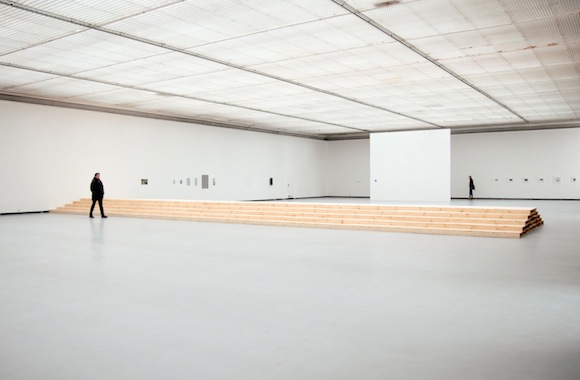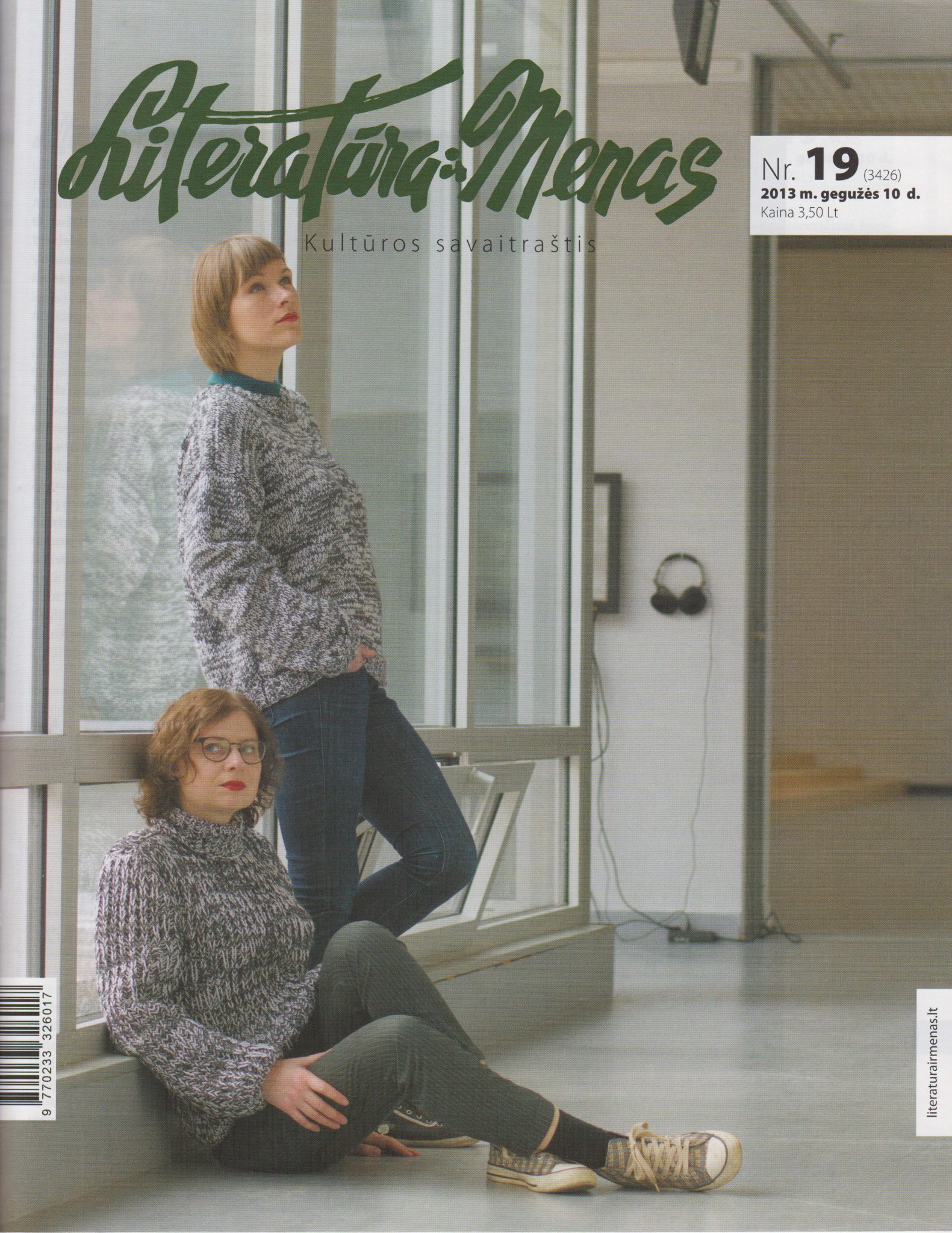
Liquid Logistics is a special category of logistics that relates to liquid products, and is used extensively in the ‘Supply Chain for Liquids’ discipline.
Standard logistics techniques are generally used for discrete or unit products. Liquid products have logistics characteristics that distinguish them from discrete products. Some of the major characteristics of liquid products that impact their logistics handling are:
• Liquids flowing from a higher level to a lower level provide the ability to move the liquids without mechanical propulsion or manual intervention.
• Liquids’ adaptation to the shape of the container they are in provides a great deal of flexibility in the design of storage systems and the use of ‘dead’ space for storage.
• The level of a liquid as it has settled in a tank may be used to automatically and continuously know the quantity of liquid in the tank.
• Liquids provide indications through changes in their characteristics that may be sensed and translated into measures of the quality of the liquid.
• Many security and safety risks are significantly reduced or eliminated using liquid logistics techniques. Tools such as liquid level sensors and flow meters can be useful in reducing security risk by providing directly, near real-time and accurate measurements of product’s movement and balance along the supply-chain flow. The safety risk is reducing as product movement through the process of supply stream is independent and controlled.
• Liquids may in some cases be ‘processed’ well downstream from the original production facility and thus offer the opportunity for improved efficiencies throughout the supply stream together with more flexibility as to the nature of the product at the point of final usage.
Each of these points represents a differentiation of liquid logistics from logistics techniques used for discrete items. When properly planned for and handled these points of differentiation may lead to business advantages for companies that produce, process, move, or use liquid products.
Abstraction is both informed by the world and learned – a concrete and known part of reality that exists and is shared within different contexts and with many degrees of complexity. Abstraction and reality, in the end, are two degrees closer to one another than imagined.
We are glad to invite you to “Color and Device”, a show by Gintaras Didžiapetris.
The exhibition is accompanied by a programme of films and events, and launches of two publications: the artist’s book “Color and Device” and the fourth issue of “The Federal” magazine. The exhibition provides the first opportunity to see Didžiapetris’s 16mm film trilogy in its entirety: Optical Events (2010), A Byzantine Place (2011) and Transit (2012). Optical Events will screen by appointment at the Kazys Varnelis House Museum (across the square from the CAC at Didžioji St. 26, call 00 370 5 2791644).
Different versions of this exhbition will be on view at Objectif Exhibitions in Antwerp, and Villa Croce Museum of Contemporary Art in Genoa.
EVENTS AND FILM PROGRAMME
Opening: Friday, April 5 at 18:00
Opening night: CD at the CAC Cafe starting at 22:00 (with Matas Synthsoulsizer, Požemis, Gintaras Didžiapetris)
Wednesdays and Saturdays:
The following screenings will take place at the CAC Cinema
April 13 and 17: The Flowers of St. Francis, dir. Roberto Rossellini (1950)
April 20 and 24: The Store, dir. Frederick Wiseman (1983)
April 27 and May 1: Il Posto, dir. Ermanno Olmi (1961)
May 4 and 15: Zelig, dir. Woody Allen (1983)
May 8: Launch of the fourth issue of The Federal magazine
May 11: Screening of Byzantine Place in the CAC’s main hall, featuring Matthew Gregory reading Frank O’Hara. The film will be on view during this one day only.
May 18: Nail in the Boot, dir. Mikhail Kalatozov (1930) at the CAC Cinema
Events and screenings are free of charge.
















